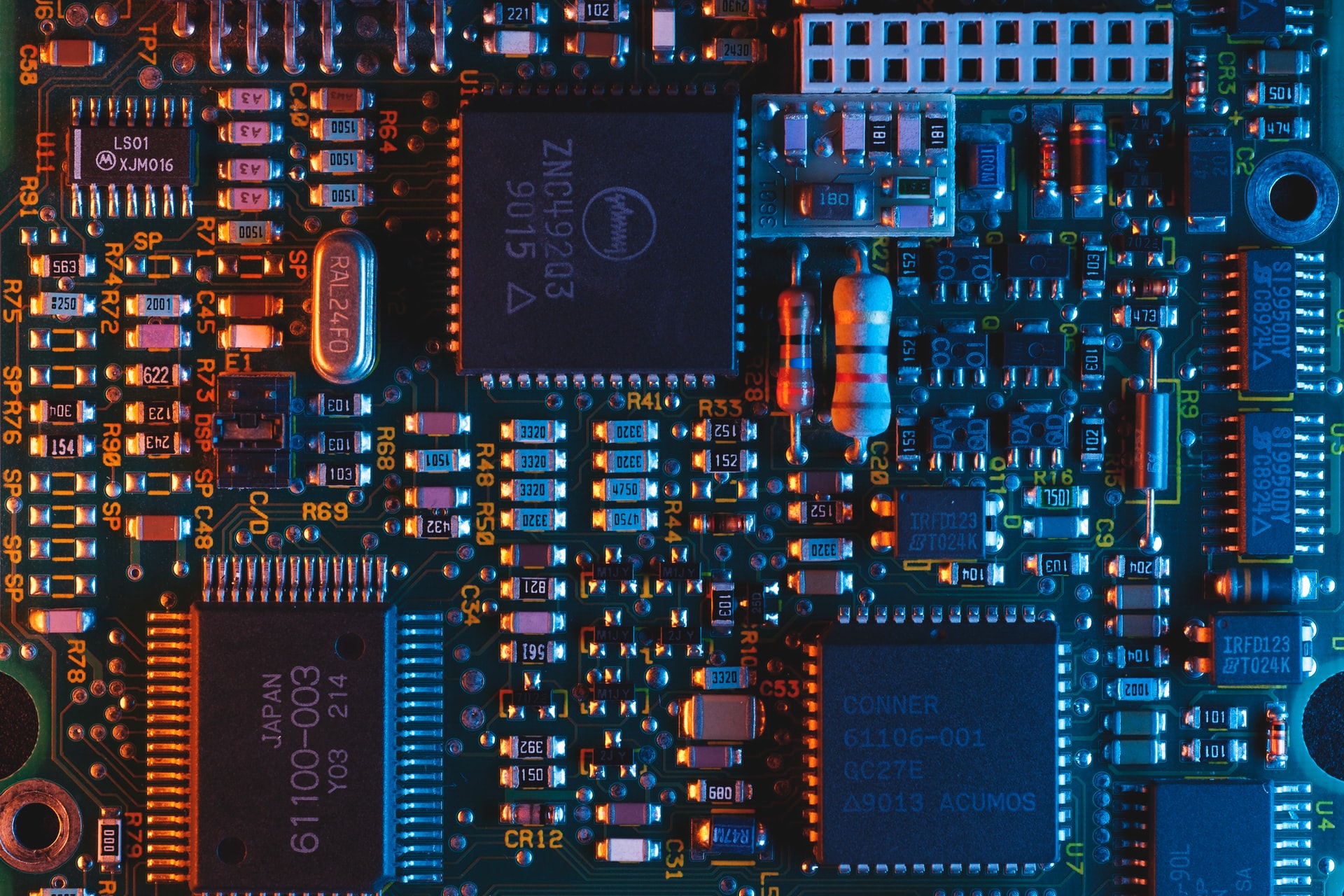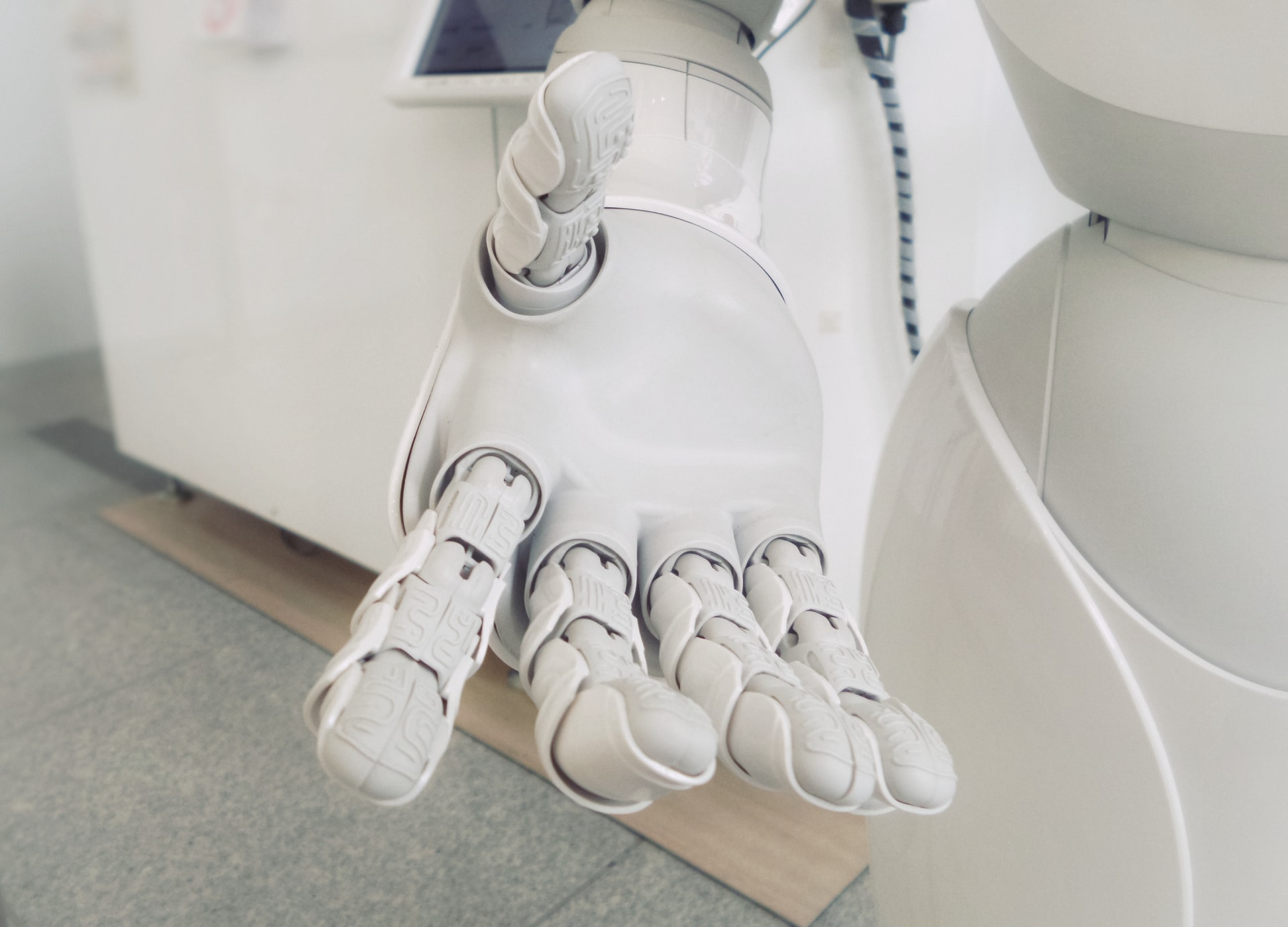Artificial Intelligence techniques, particularly machine learning, have shown their power in many areas, handling some tasks that previously required humans. This progress has led to predictions that AI will take over many jobs and poses an economic and societal threat. For example, Andrew Yang, a candidate for the Democratic nomination for President in 2020 who recently withdrew, wrote a book, The War on Normal People: The Truth About America’s Disappearing Jobs and Why Universal Basic Income Is Our Future. He declared at a rally in April 2019: “What we did to the manufacturing workers we are now going to do to the retail workers, the call center workers, the fast-food workers, the truck drivers, and on and on through the economy. This is a crisis.”
Erik Brynjolfsson and Andrew McFee, in their 2016 book, The Second Machine Age, warned about job loss in a second machine age where machines take over many thinking tasks, in contrast to the manual tasks that technology replaced in the first machine age. The authors warned that technology is now replacing brain power instead of muscle power. The book asks what jobs will be left once software has perfected the art of driving cars, understanding speech, and other tasks once considered a human specialty.
Oft-cited research by Carl Frey and Michael Osborne in 2017 concluded that 47% of US jobs could be automated through AI. The research looked at 702 occupations in detail and estimated the portion of each job category that could be automated. The research found that 47% of tasks in those jobs could be automated. The authors then suggested that, if 47% of a job was reduced by automation, that 47% less people would be required in that job category.
A similar view is shared by many other experts. In a July 2019 report, McKinsey & Company predicted that almost 40% of US jobs are in occupations that are likely to shrink, although not necessarily disappear, by 2030. In a Sixty Minutes interview in 2019 of Kai Fu Lee, author of AI Superpowers: China, Silicon Valley, and the New World Order, he predicted that that 40% of the world’s jobs will be replaced by robots in the next 15 to 25 years.
The contradiction in economic data
But reality seems to contradict these projections. While AI is the latest hot technology, computer power has been growing exponentially for decades and contributing to automation. If computer technology takes jobs and AI has already started doing so, one would expect it to be reflected in economic statistics.
The low US unemployment rate of 3.5% as of December 2019 suggests that computers are not replacing workers. The National Association of Manufacturers said a record 522,000 jobs remained open in the manufacturing sector in September 2019. Internationally, the OECD unemployment rate remained stable at 5.1% in December 2019.
Similarly, productivity statistics should reflect automation reducing the number of workers required to produce a given amount of product, but, in a continuing trend of low productivity gains, the US Bureau of Labor Statistics reported that productivity decreased 0.2% in the nonfarm business sector in the third quarter of 2019 and that unit labor costs increased 2.5% (seasonally adjusted annual rates). In manufacturing, productivity increased only 0.1% and unit labor costs increased 3.0%. These numbers don’t suggest that workers are being replaced by automation, either by AI or other computer technologies.
Why the discrepancy?
Many of the predictions of job loss focused on the tasks in a job category that could be automated by AI and thus potentially reduce the number of jobs in that category. Three factors could reduce that impact: (1) new jobs supporting the growth of computer processing in general may be required; (2) new job categories could be created directly or indirectly by a computer technology like AI; and (3) new tasks could be added to existing jobs as a result of a new technology, maintaining the jobs when other tasks were reduced or eliminated.
There are certainly new jobs being added in simply supporting computer technology itself. Other jobs are a reaction to new problems that the wide use of computer technology has created, e.g., cybersecurity issues.
Further, evolving technology creates jobs that never existed before, such as creating apps for mobile phones. One area directly related to AI is creating or cleaning up data to be used in machine learning, a technology that demands huge amounts of correctly labelled data for maximum effectiveness.
But it is not necessary to create an entire job category to expand the number of people required in a job category, or at least retain most of the jobs in the category. All that is required is that a category expand by the addition of new tasks or the expansion of a given task.
Consider a historical example. There used to be many jobs called “typists,” people who basically spent all their time taking handwritten documents and creating formal documents with a typewriter.
The job of typist has largely disappeared. But the task of creating documents (both digital and printed) has certainly not disappeared. In fact, one could argue that the overall labor required to create documents has expanded. Word-processing software, digital images, and illustration-creation and spreadsheet software has increased expectations of what a document contains. The labor of creating documents has been transferred to other jobs where there was previously no requirement to create a finished document. And jobs that didn’t require creating documents often now require doing so, at least creating emails. Everyone who uses a PC has become a typist.
Dealing with email and text messages is a task that is part of many jobs today. That task of course didn’t exist before technology created it. How much time in your job do you spend on email, both reading it and responding to it? Email handling is a task that has been added to many job categories.
Many similar examples illustrate the point that tasks in existing jobs can be expanded by new technology. Such expansion creates a need for more people in that category. If one is going to argue that tasks can be reduced or eliminated in a given job category by technology, one must also examine what tasks in that job category might be created or expanded by technology.
In summary
Economic data suggests that new categories of jobs and the expansion of tasks in existing jobs exceeds the jobs that are reduced by technology through automation. AI is a category of technology that can automate some tasks that used to require humans, so it has garnered specific attention. The very name “artificial intelligence” encourages considering it competition with humans. Perhaps it is more accurate to view it as simply one more tool created by the evolution of technology.
We would all be starving if Malthus was correct in predicting that population growth would outstrip our ability to produce food. Few farmers miss tilling a field by hand rather than using tractors or other tools. There are certainly fewer farmers relative to the population, but jobs in packaging, distributing, and selling food have certainly expanded as farming got more efficient and the diversity of what we eat expanded. Perhaps this trend would have caused more controversy if we called tractors “robots.”
Artificial Intelligence is indeed an important technology. But data and logic suggest it need not be any more alarming than previous innovations in technology.




